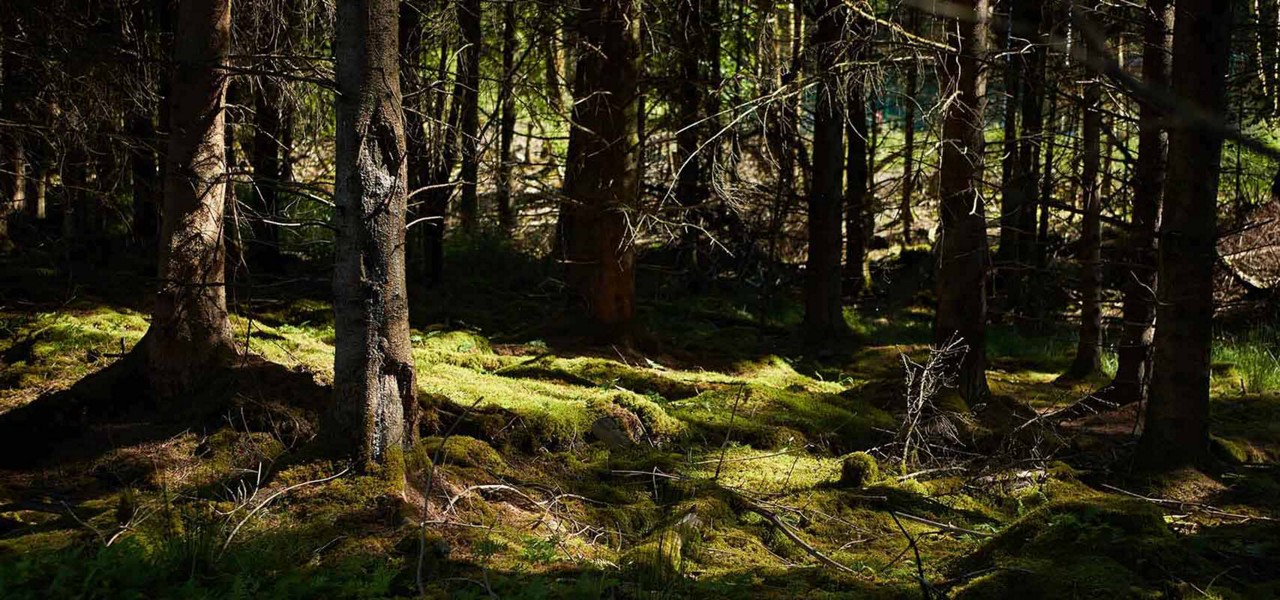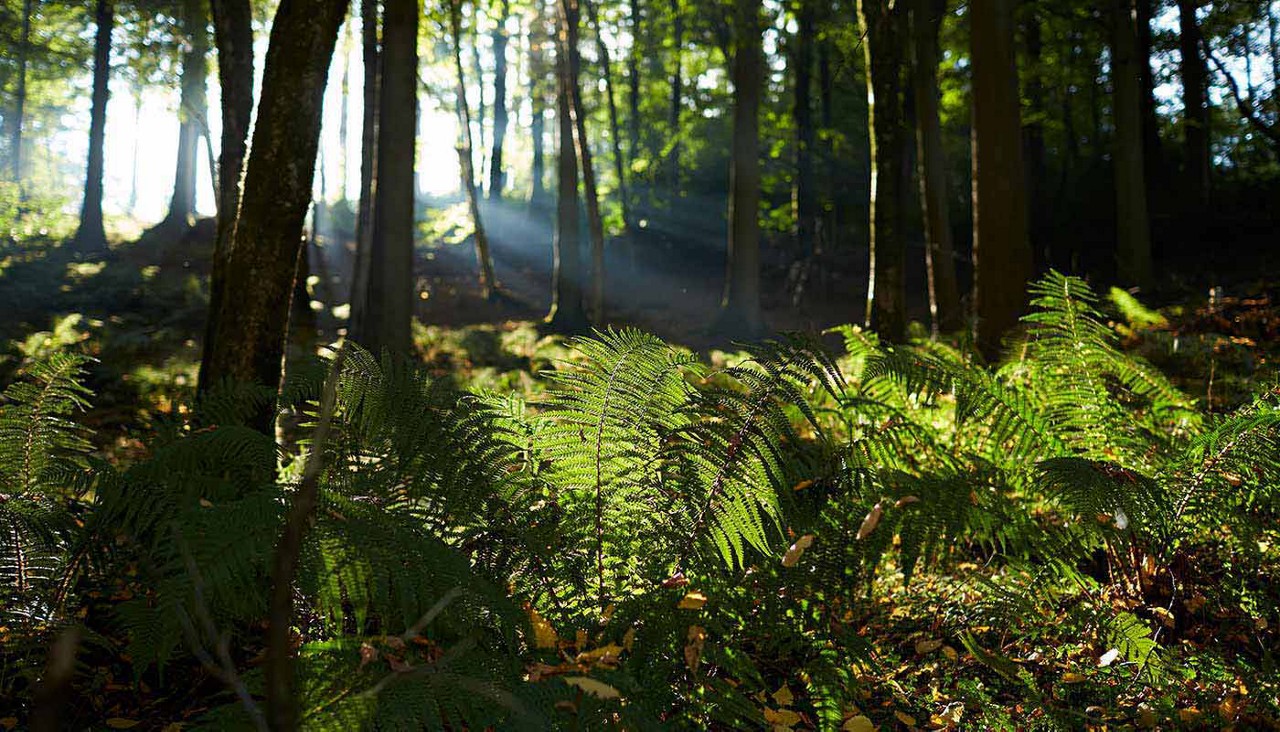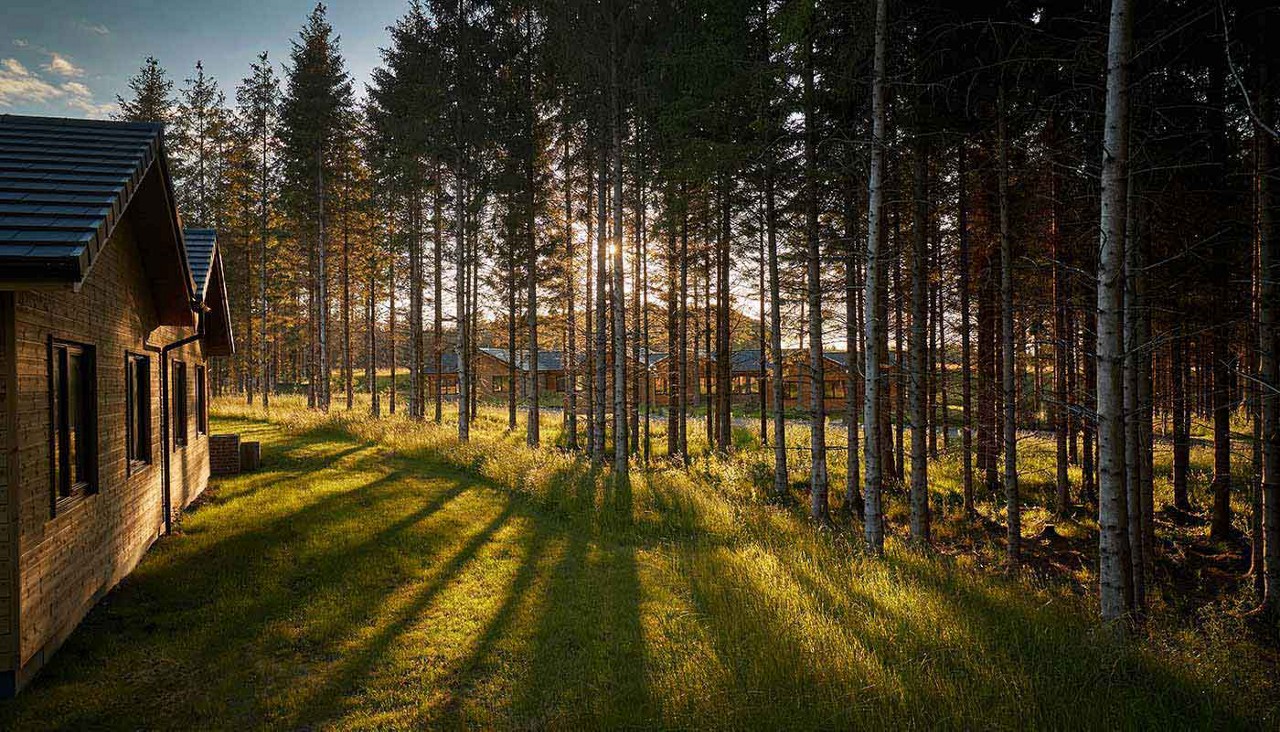We work hard to prevent waste in our operation and aim to manage the waste that our guests generate during their breaks. Over the years, we’ve introduced innovative schemes to reduce waste and increase recycling, and we’ve built strong relationships with waste contractors to ensure we’re recycling everything we can.
Moving forward, we’re aiming to encourage the use of reusable items, therefore reducing waste generation even further. We also know that single-use plastics are a major contributor to pollution, and we’re committed to completely removing these from guest areas by 2030.
Our target is to reduce the amount of waste we generate by 20% and increase our recycling and composting rate by 10% by 2030.
Where we are
- Across central buildings and lodges, we have general waste, recycling, glass (where applicable) and food waste bins for both guest and colleague use
- Our waste cooking oil is recycled and turned into energy - coupled with the food waste collections, this means that 100% of food waste placed into our food waste stream is recycled
- We removed complimentary toiletries from our lodges – these were packaged in plastic bottles and the feedback from our guests suggests that they appreciate this decision, reflecting the wider societal concerns surrounding single-use plastics
- We removed all single-use plastic bags from our ParcMarkets and offer reusable and recyclable alternatives
- We donate furniture to the British Heart Foundation when we carry out refurbishments - the charity sells the products to raise funds for their work, and we’re able to divert thousands of items from the waste stream and give them a new lease of life
- We require contractors to provide a waste licence/permit before conducting work on our villages – if they can’t provide this, they won’t be approved to work
- At Forest House, we’ve introduced coffee cup recycling bins and we have a partnership with a local cause, Ollerton Recycling, who recycle dry mixed recyclables to raise funds for their charity
Where we’re going
- We’re continuing to identify opportunities to remove as many single use items as possible from our operations
- We’ll educate colleagues on proper waste separation and minimisation through a new e-learning module
- We’ll work with our waste providers to understand what further items we can take out of general waste and recycle through their own waste streams
How we're doing
We’re aiming to reduce the amount of waste generated in central buildings and lodges by 20% by 2030.
Central buildings include our restaurants, leisure facilities, retail outlets and back of house areas.
Figure 1 shows the total waste generated through our UK and Ireland operations. In the UK, the figures remain below the baseline year. However, in Ireland, the figure has been steadily increasing since FY22, showing we have work to do here.
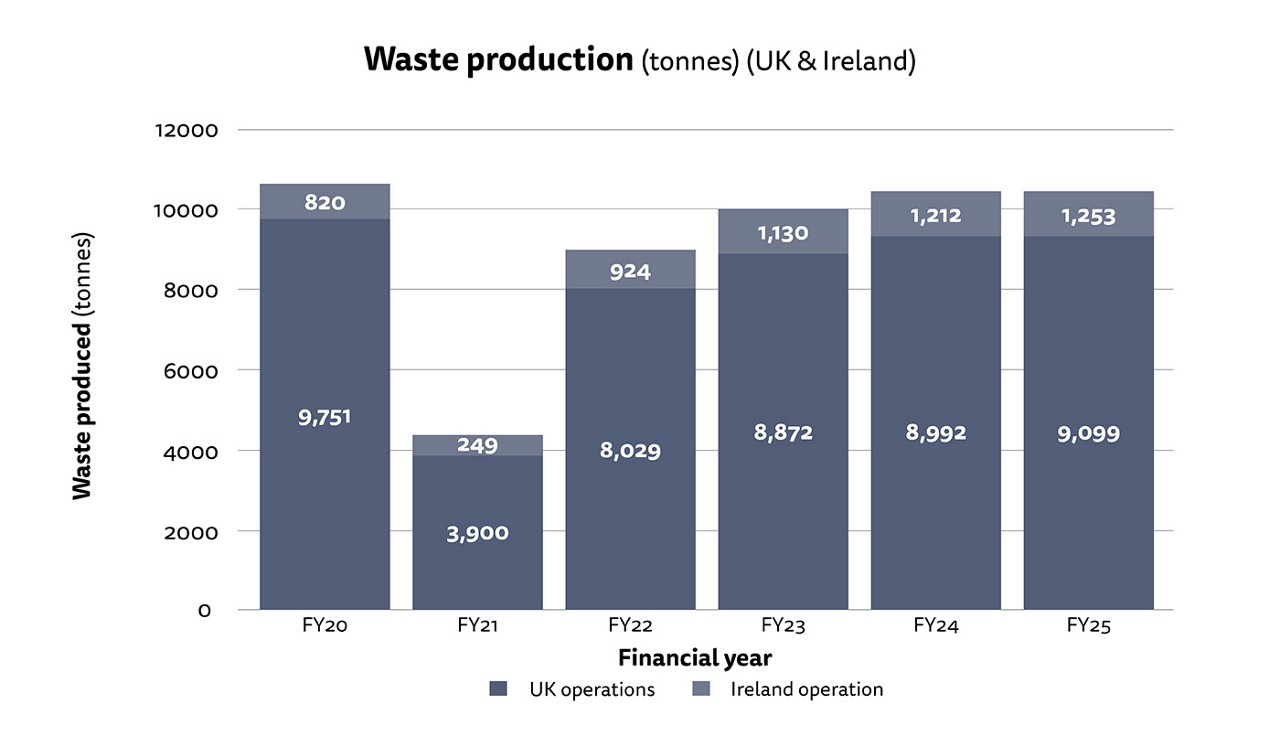 Figure 1: Stacked bar chart showing total waste generated in tonnes for our UK and Ireland operations
Figure 1: Stacked bar chart showing total waste generated in tonnes for our UK and Ireland operations
Figure 2 shows the total waste generated through our UK operations and monitors progress against our 2030 target. Whilst we continue to achieve a reduction compared to the baseline, the rate of reduction has slowed and is now above the trajectory required to ensure we meet our 2030 target. We’ll focus on waste as a priority area in the coming year. To date, we’ve reduced our UK waste production by 7%.
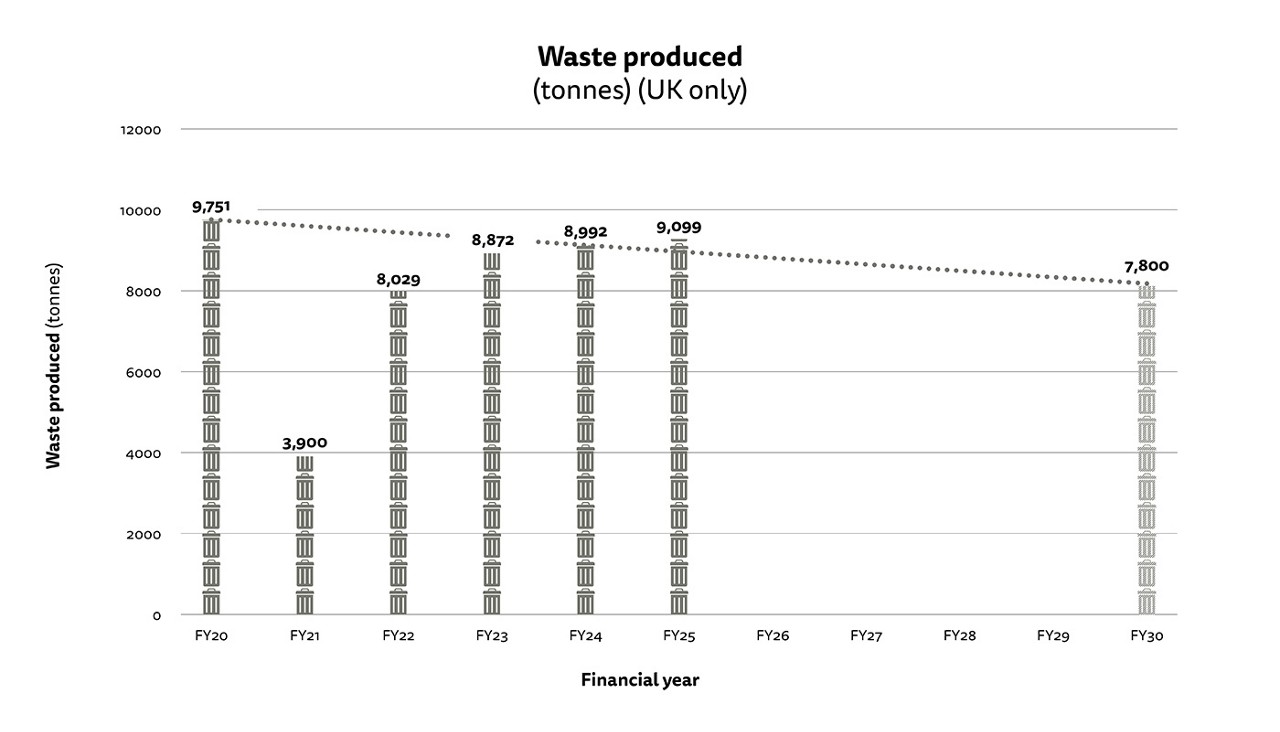 Figure 2: Bar chart showing total waste generated in tonnes for our UK operations
Figure 2: Bar chart showing total waste generated in tonnes for our UK operations
- A significant clear out of historic and heavy waste from back of house areas in FY24 increased our waste totals.
- Figures for FY20, FY21 and FY22 were affected by closures of the villages and operational restrictions due to the Covid-19 pandemic and therefore do not reflect a typical year of operations.
- Figures for FY20 have been adjusted to account for 35 days of closure due to the Covid-19 pandemic – this adjustment allows us to reasonably set FY20 as a baseline year for our targets, ensuring we reflect a typical operating year.
- Due to the timing of when Center Parcs Longford Forest (in Ireland) opened, and the closures due to the Covid-19 pandemic, FY24 was the first full year of figures for our Ireland operation. With this in mind, we’ve not yet set targets for our Ireland operation and so our waste reduction target solely applies to our UK operations at this time. We’re committed to making real reductions to the amount of waste we generate and we hope to be able to set targets for our Ireland operation soon.
UK
- FY20: 9,751 tonnes
- FY21: 3,900 tonnes
- FY22: 8,029 tonnes
- FY23: 8,872 tonnes
- FY24: 8,992 tonnes
- FY25: 9,099 tonnes
Ireland
- FY20: 820 tonnes
- FY21: 249 tonnes
- FY22: 924 tonnes
- FY23: 1,130 tonnes
- FY24: 1,212 tonnes
- FY25: 1,253 tonnes
The chart shows the amount of waste generated in our UK and Ireland operations in tonnes. There is a large dip in FY21 (attributed to the impact of closures due to the pandemic) before returning to below the baseline figure in FY22. FY23 and FY24 both show an increase in waste generation, compared to FY22, albeit still marginally below the baseline figure for the UK. A significant clear out of historic and heavy waste from back of house areas in FY24 increased our waste generation – however, we remain on track to meet our 2030 target.
- FY20: 9,751 tonnes
- FY21: 3,900 tonnes
- FY22: 8,029 tonnes
- FY23: 8,872 tonnes
- FY24: 8,992 tonnes
- FY25: 9,099 tonnes
- FY30 target: 7,800 tonnes
The chart shows the amount of waste generated in our UK operations in tonnes. There is a trend line from FY20 to FY30 showing that a 769-tonne reduction is required to meet our FY30 target. There is a large reduction in FY21 (attributed to the impact of closures due to the pandemic) before increasing in FY22, FY23, FY24 and FY25. We’re currently below the trajectory for achieving our target by 2030.
Recycling
We’re aiming to increase our combined recycling and composting rate by 10% by 2030 for all waste produced on site, including waste from our own operations and waste collected from lodges.
The recycling and composting rate is the percentage of recyclable or compostable materials which are recycled or composted. This means we’re pledging to both reduce the amount of waste we generate and increase the amount of waste we recycle.
In addition to this, much of our food waste is already sent for composting, our oil waste is reprocessed for biofuel, and our arboricultural waste is recycled. Any general waste that is not recovered for recycling is primarily processed as energy from waste, meaning it’s diverted from landfill and repurposed to produce energy. Neither our oil nor our arboricultural waste, both of which are heavy wastes, are currently counted towards our recycling target.
Figure 3 shows the proportion of total waste recycled and composted in our UK and Ireland operations. In FY25, we surpassed our target for recycling and composting in Ireland, achieving a recycling and composting rate of 51% (a 15% increase compared to 2020).
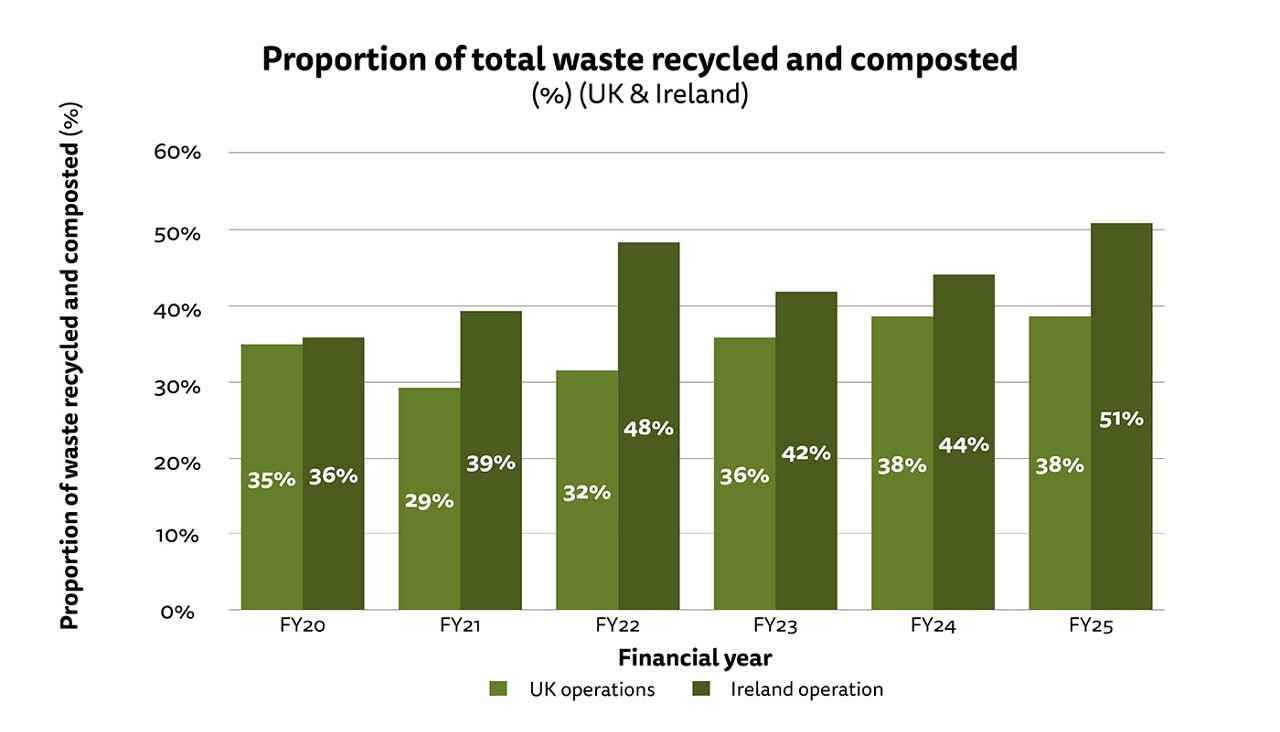 Figure 3: Bar chart showing recycling and composting rate for our UK and Ireland operations
Figure 3: Bar chart showing recycling and composting rate for our UK and Ireland operations
Figure 4: shows our recycling and composting rate for our UK operations and monitors progress against our 2030 targets. To date, we’ve increased our recycling and composting rate by 3% since 2020. We need to increase this to ensure we meet our 2030 target.
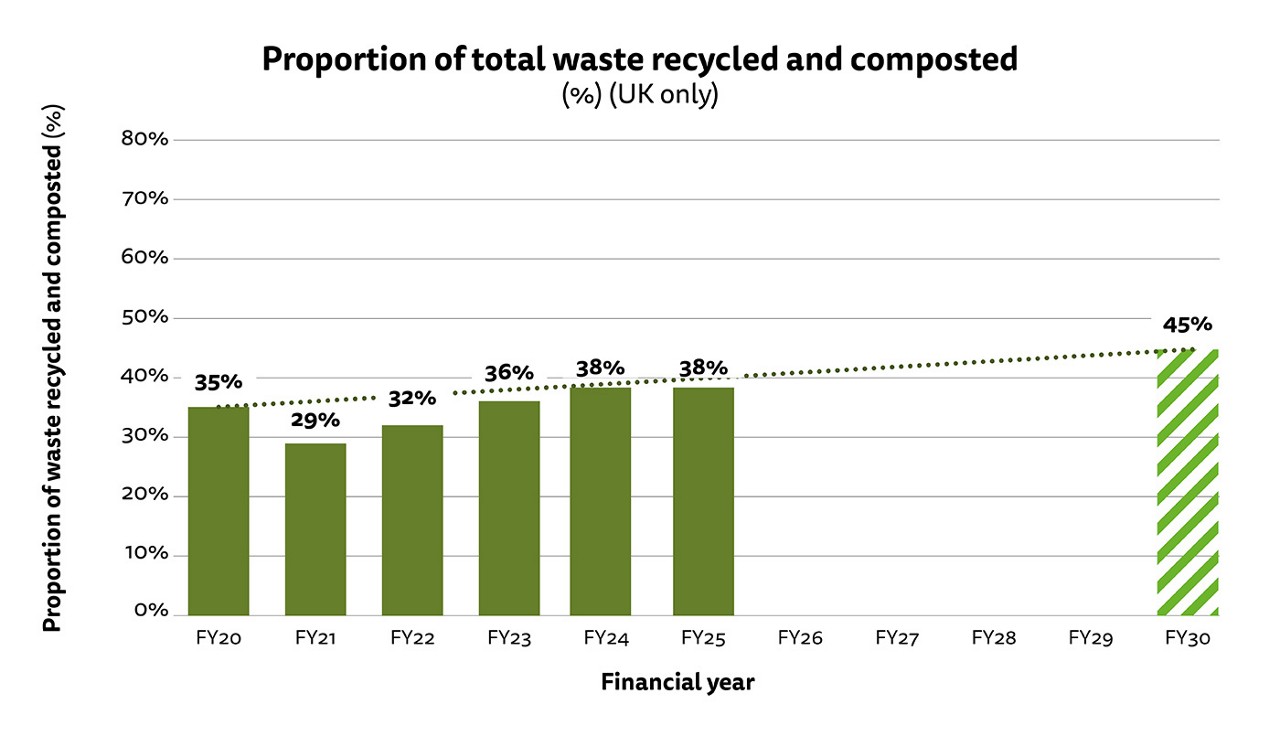 Figure 4: Bar chart showing the recycling and composting rate for our UK operations
Figure 4: Bar chart showing the recycling and composting rate for our UK operations
- Figures for FY20, FY21 and FY22 were affected by closures of the villages and operational restrictions due to the Covid-19 pandemic. This affected our recycling and composting rate due to the increased use of non-recyclable single-use items related to national health and safety guidance.
- Figures for FY20 have been adjusted to account for 35 days of closure due to the Covid-19 pandemic – this adjustment allows us to reasonably set FY20 as a baseline year for our targets, ensuring we reflect a typical operating year.
- Due to the timing of when Center Parcs Longford Forest (in Ireland) opened, and the closures due to the Covid-19 pandemic, FY24 was the first full year of figures for our Ireland operation. With this in mind, we have not yet set targets for our Ireland operation and so our recycling and composting target solely applies to our UK operations at this time. We're committed to making real improvements to our recycling and composting rate and we hope to be able to set targets for our Ireland operation soon.
- FY20: 35%
- FY21: 29%
- FY22: 32%
- FY23: 36%
- FY24: 38%
- FY25: 38%
Ireland
- FY20: 36%
- FY21: 39%
- FY22: 48%
- FY23: 42%
- FY24: 44%
- FY25: 51%
The chart shows the recycling and composting rates for our UK and Ireland operations. There is a dip in FY21 (attributed to the impact of closures due to the pandemic). Our recycling and composting rate for our Ireland operations surpassed the FY20 baseline in FY21 and has remained above ever since. Our recycling and composting rate for our UK operations surpassed the baseline in FY23 and remains above the baseline.
- FY20: 35%
- FY21: 29%
- FY22: 32%
- FY23: 36%
- FY24: 38%
- FY25: 38%
- FY30 target: 45%
The chart shows the recycling and composting rate for our UK operations. There is a trend line from FY20 to FY30 showing that a 10% increase is required to meet our FY30 target. There is a drop in the rate in FY21 (attributed to the impact of closures due to the pandemic), followed by a steady increase. In FY23, the FY20 baseline was surpassed, although we still remain a little below the required rate to reach our 2030 target.
